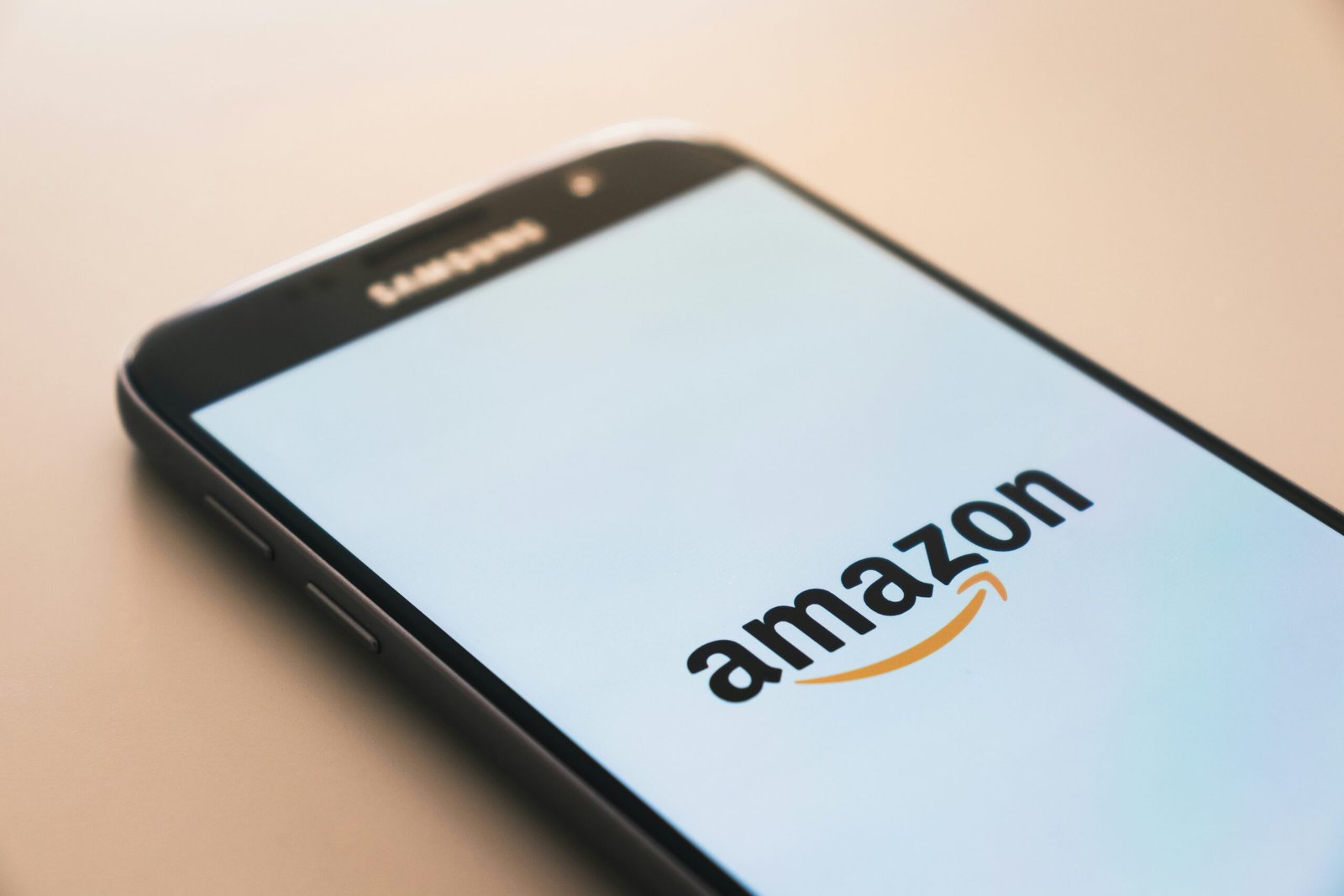
Starting your own business can be an exciting and rewarding venture. If you’re considering becoming an Amazon FBA seller, you’re on the right track to tap into a thriving online marketplace. In this tutorial, we will walk you through the process of setting up your Amazon FBA business, from finding the right products to shipping them to Amazon’s fulfillment centers.
Step 1: Research and Product Selection
Market research is the foundation of a successful Amazon FBA venture. Beyond just looking for high demand and low competition, consider factors like seasonality, trends, and target audience demographics. Tools like Jungle Scout, Helium 10, and Google Trends can provide valuable insights. Furthermore, assess product viability by analyzing customer reviews, understanding competitor offerings, and evaluating potential profit margins after factoring in fees and expenses.
Step 2: Create an Amazon Seller Account
Choosing between an individual and professional seller account depends on your business goals and scale. While individual accounts are suitable for beginners, professional accounts offer advantages like bulk listing uploads, access to reports, and eligibility for Amazon’s FBA program. Ensure compliance with Amazon’s seller policies and guidelines to avoid account suspensions or restrictions.
Step 3: Source Your Products
The sourcing method you choose depends on your budget, expertise, and risk tolerance. Manufacturing your own products grants greater control over quality and branding but requires significant upfront investment and logistical coordination. Working with wholesalers offers a wide range of products with lower capital requirements, while dropshipping minimizes inventory management but may sacrifice profit margins and control over product quality. Thoroughly vet suppliers, request samples, and negotiate terms to establish reliable partnerships.
Step 4: Prepare Your Inventory
Effective inventory management is crucial for seamless fulfillment and customer satisfaction. Prioritize product packaging and labeling to comply with Amazon’s guidelines and ensure safe transit. Consider investing in custom packaging to differentiate your brand and enhance the unboxing experience for customers. Use barcode labels and inventory management software to track stock levels accurately and prevent stockouts or overstock situations.
Step 5: Ship Your Products to Amazon
Creating a shipping plan involves determining the most cost-effective shipping method, whether through individual shipments or consolidated pallets. Utilize Amazon’s discounted shipping rates by enrolling in the Amazon Partnered Carrier program or leveraging freight forwarders for international shipments. Optimize packaging dimensions and weight to minimize shipping costs and maximize space utilization in Amazon’s fulfillment centers.
Step 6: Optimize Your Product Listings
Optimizing product listings boosts visibility and conversion rates on Amazon’s platform. Craft persuasive product titles that include relevant keywords and highlight unique selling points. Write informative and engaging product descriptions that address customer pain points and convey product benefits concisely. Enhance visual appeal with high-resolution images showcasing product features from multiple angles. Continuously monitor and iterate on listing elements to adapt to evolving market trends and consumer preferences.
Step 7: Manage Your Inventory and Sales
Utilize Amazon’s seller tools like Inventory Management and Sales Reports to track inventory levels, monitor sales performance, and forecast demand. Implement inventory replenishment strategies like Just-in-Time (JIT) inventory management to minimize storage costs and optimize cash flow. Leverage sales data and customer feedback to identify popular products and opportunities for product bundling or upselling. Respond promptly to customer inquiries and reviews to build trust and foster long-term relationships with buyers.
Step 8: Marketing and Promotion
Effective marketing strategies amplify brand visibility and drive traffic to your product listings. Harness the power of social media platforms like Instagram, Facebook, and Pinterest to engage with your target audience and showcase your products through compelling content and influencer partnerships. Invest in targeted advertising campaigns on Amazon through Sponsored Products, Sponsored Brands, and Amazon DSP (Demand-Side Platform) to increase product discoverability and sales conversions. Encourage user-generated content and reviews through incentivized campaigns to build social proof and credibility.
Step 9: Provide Excellent Customer Service
Delivering exceptional customer service is paramount for sustaining business growth and fostering customer loyalty. Implement proactive communication channels like email and chat support to address customer inquiries promptly and resolve issues effectively. Personalize customer interactions and go above and beyond to exceed expectations, whether through expedited shipping, hassle-free returns, or surprise gifts and discounts. Monitor customer feedback and sentiment to identify areas for improvement and refine service standards continuously.
Step 10: Continuously Optimize and Grow
Successful Amazon FBA sellers embrace a culture of continuous improvement and innovation. Stay abreast of industry trends, competitor strategies, and Amazon’s algorithm updates to adapt your business strategies proactively. Diversify product offerings, explore new market segments, and expand into international marketplaces to mitigate risk and capitalize on emerging opportunities. Leverage data analytics and performance metrics to identify inefficiencies, optimize processes, and maximize profitability. Cultivate a growth mindset and remain resilient in the face of challenges, viewing setbacks as learning opportunities to fuel future success.






















